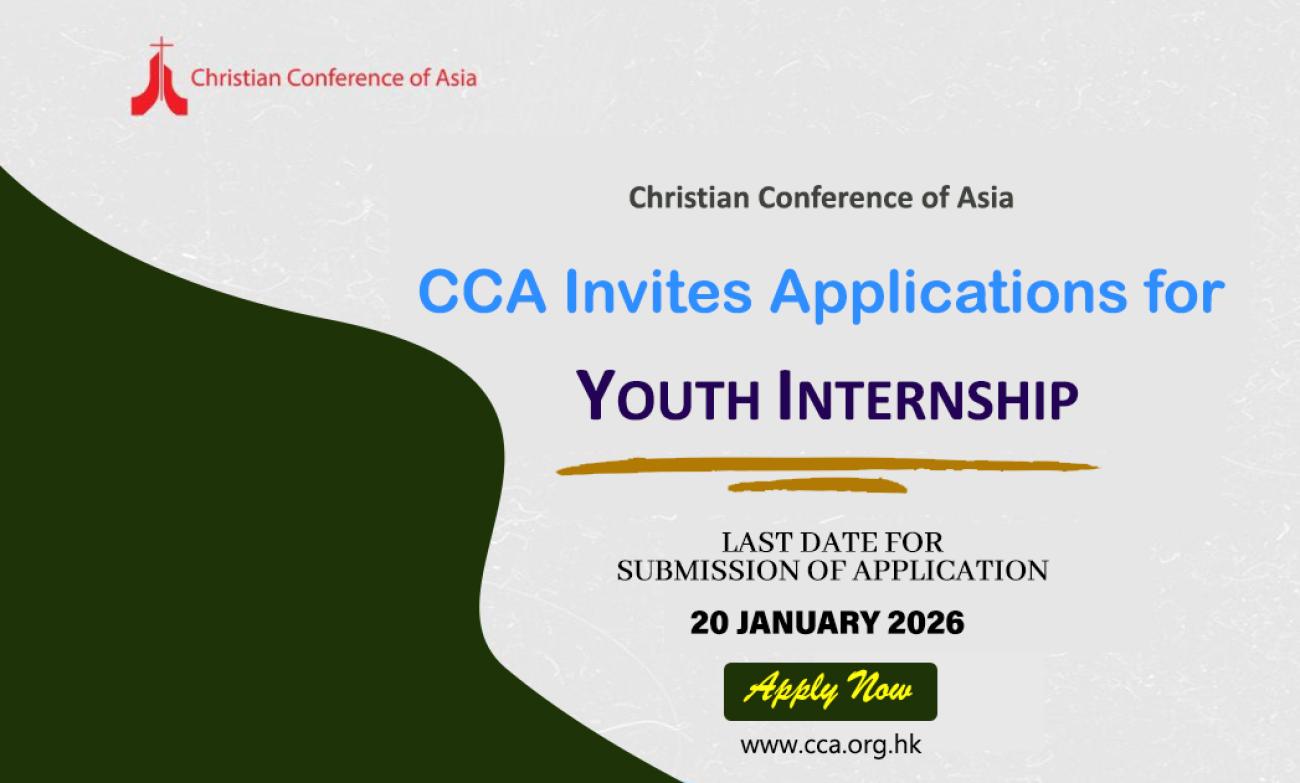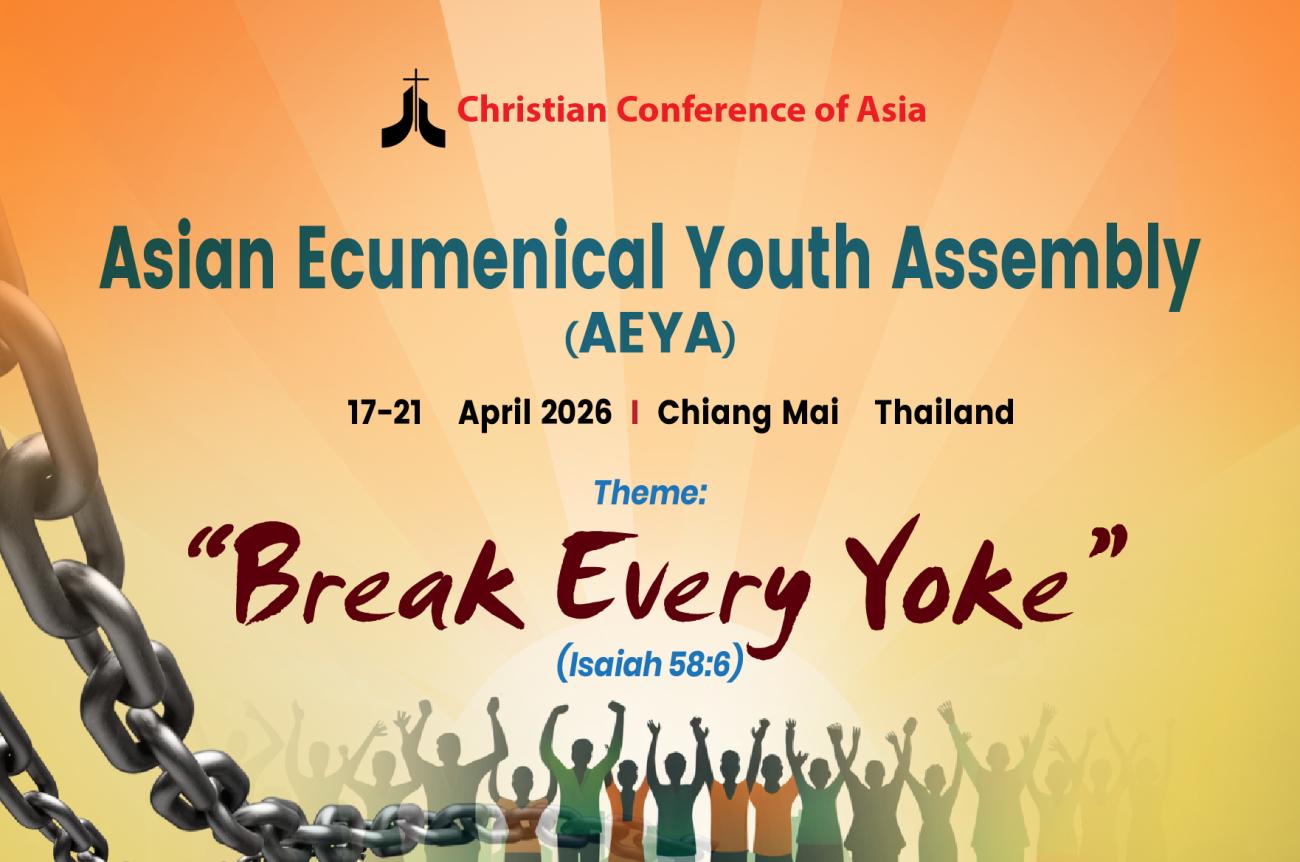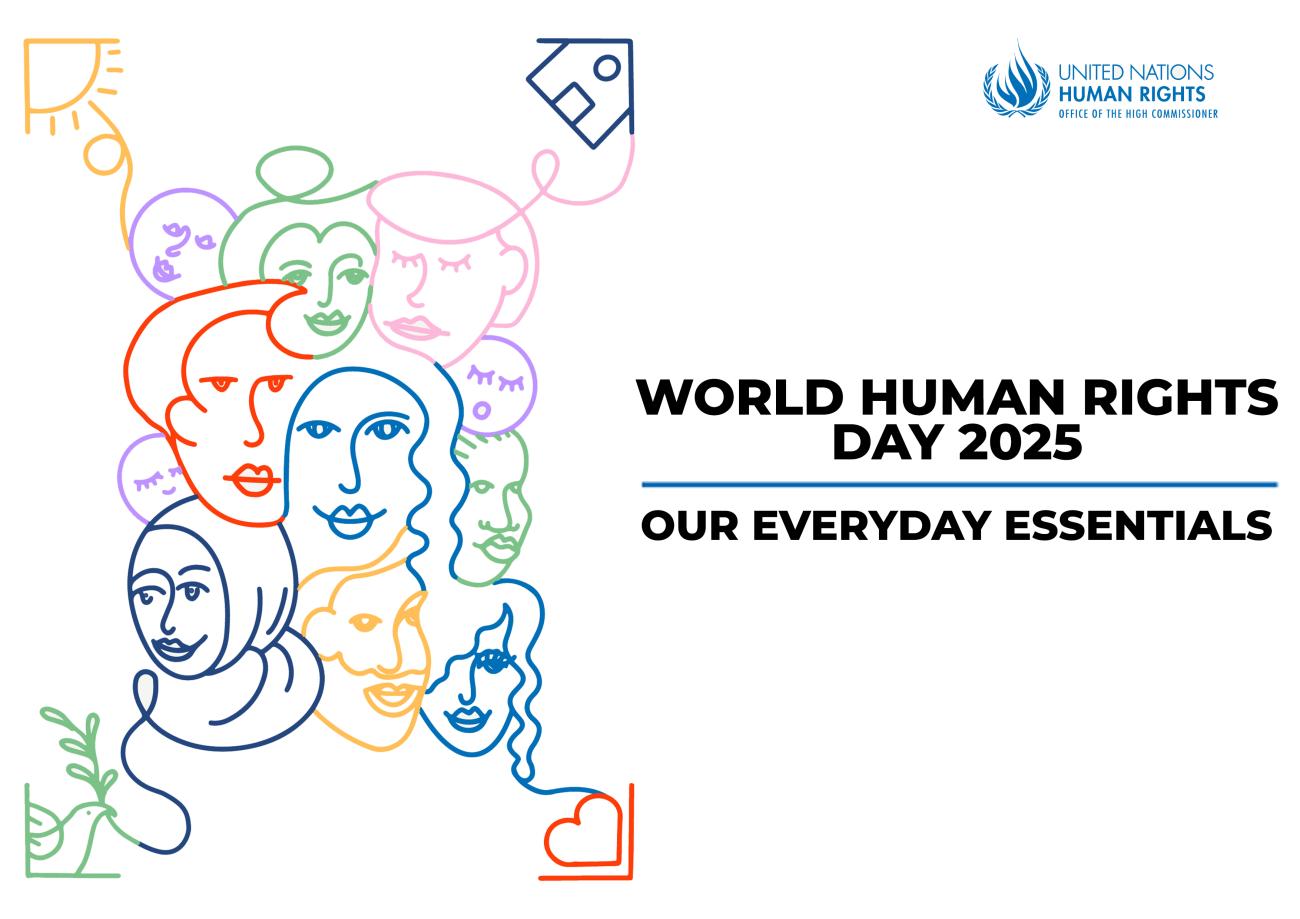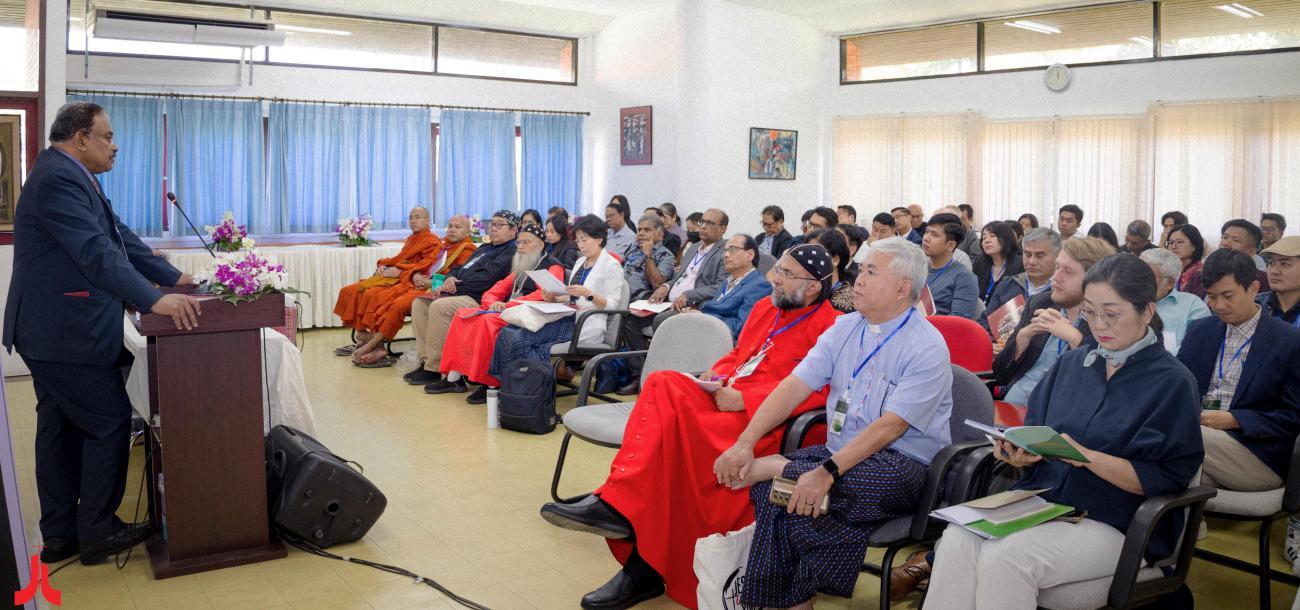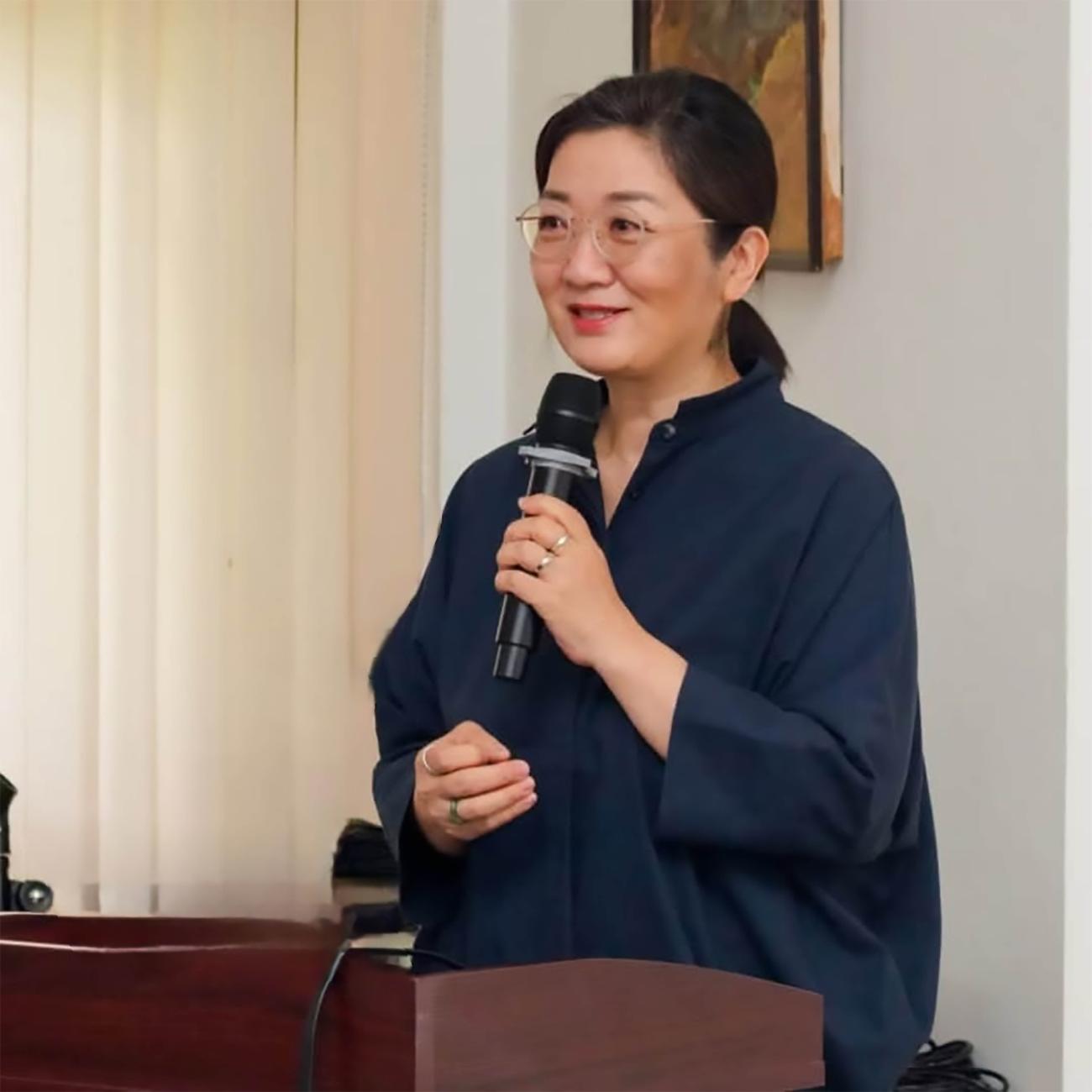Remembering 6th August with pain

Who would think that the simple Oleander flower would inspire the atomic bomb survivors in Hiroshima city to resurrect like a phoenix from its ashes? To struggle to their feet, with hope and courage to face the future however challenging and difficult it would be. But it’s true. God uses miraculous ways to prophesy and heal. A burning bush, a flowering almond twig ….
Following the atomic explosion over Hiroshima, many survivors feared that nothing would grow on the devastated earth. By the time spring of 1946 arrived, the citizens of Hiroshima were surprised to find the landscape dotted with the blooming red petals of the oleander. The oleander flower, called the kyochikuto in Japanese, dispelled worries that the destroyed city had lost all its fertility and inspired the population with hope that Hiroshima would soon recover from the tragic bombing. The oleander is now the official flower of the city of Hiroshima and is a beautiful symbol of the spirit of hope and courage of the people.
The atomic bomb dropped on Hiroshima had destroyed over 60 per cent of the developed city, killing approximately 70,000 and 80,000. Apart from this, within the first few months after the bombing, it is estimated by the Radiation Effects Research Foundation (a cooperative Japan-U.S. organization) that between 90,000 and 166,000 people died in Hiroshima, while another 60,000 to 80,000 died in Nagasaki. These deaths include those who died due to the force and excruciating heat of the explosions as well as deaths caused by acute radiation exposure.
Though exposure to radiation can cause acute, near-immediate effect by killing cells and directly damaging tissue, radiation can also have effects that happen on longer scale, such as cancer, by causing mutations in the DNA of living cells. Among the long-term effects suffered by atomic bomb survivors, the most deadly was leukemia. An increase in leukemia appeared about two years after the attacks and peaked around four to six years later. Children represent the population that was affected most severely. The Radiation Effects Research Foundation estimates the attributable risk of leukemia to be 46% for bomb victims.
While the immediate consequence of the atomic bombings was horrendous and nightmarish, with innumerable casualties, the populations of Hiroshima and Nagasaki did not allow their cities to become the sort of wasteland that some thought was inevitable. In the midst of tragedy, there remained hope for the future. They struggled, laboured and have become prosperous, and yet have kept the memory of that tragic event alive in the Peace Memorial Park at the center of Hiroshima. Dedicated to the legacy of Hiroshima as the first city in the world to suffer a nuclear attack it, the Peace Park also honours the memories of the bomb's direct and indirect victims. Every year on 6 August, "A-bomb Day," the City of Hiroshima holds a Peace Memorial Ceremony to console the victims of the atomic bombs and to pray for the realization of lasting world peace.
What price therefore is peace? Does it have to be at the cost of human lives, of a city, or of nations, or the whole world? War not only destroys physically, but strikes at the very back bone of society, crippling economy and survival -- it zaps humanity of faith, dignity, hope and the zest for life.
Let’s not forget lessons we learnt: Say NO to war and all weapons of mass destruction, Say Yes for Peace.
God of Life, lead us to PEACE.

